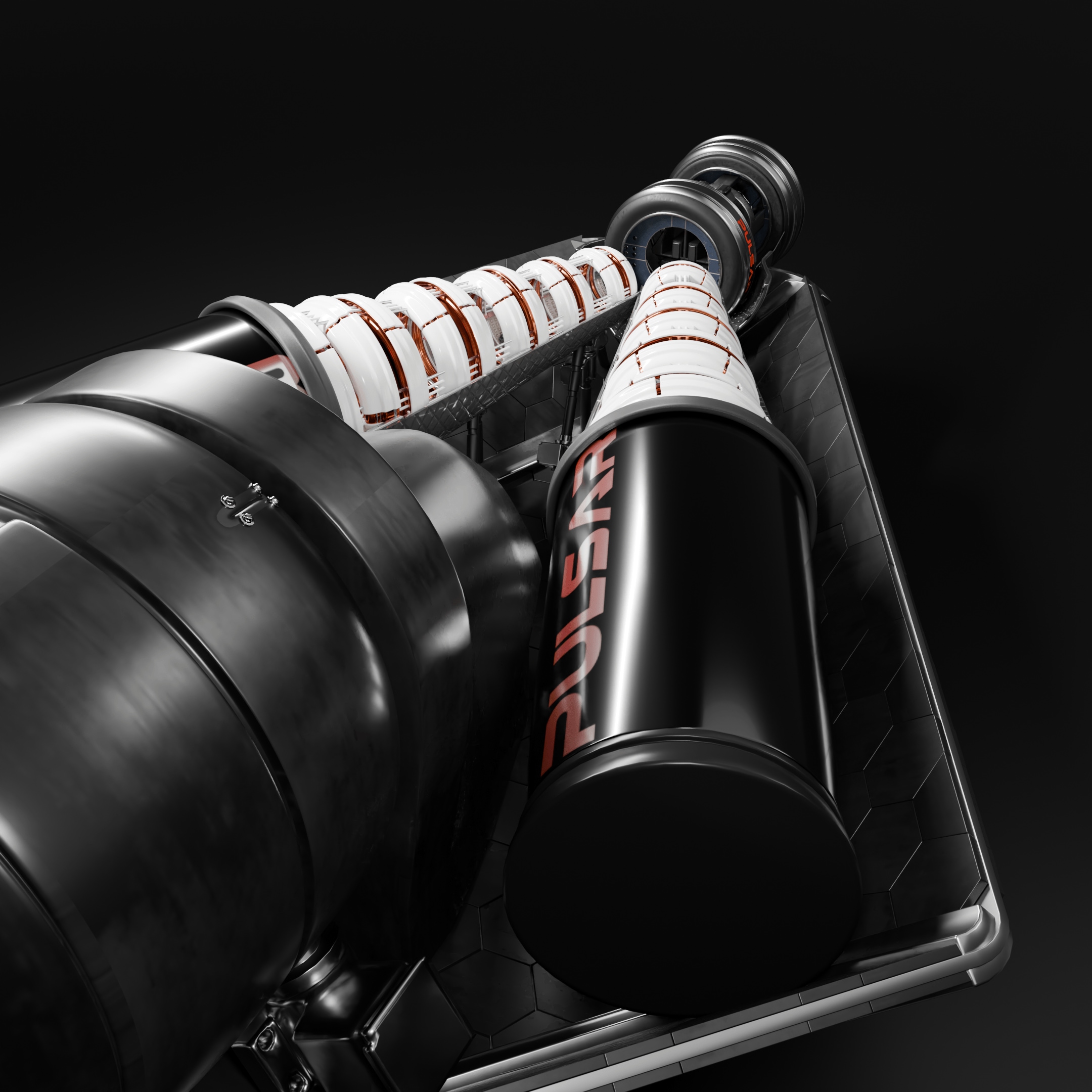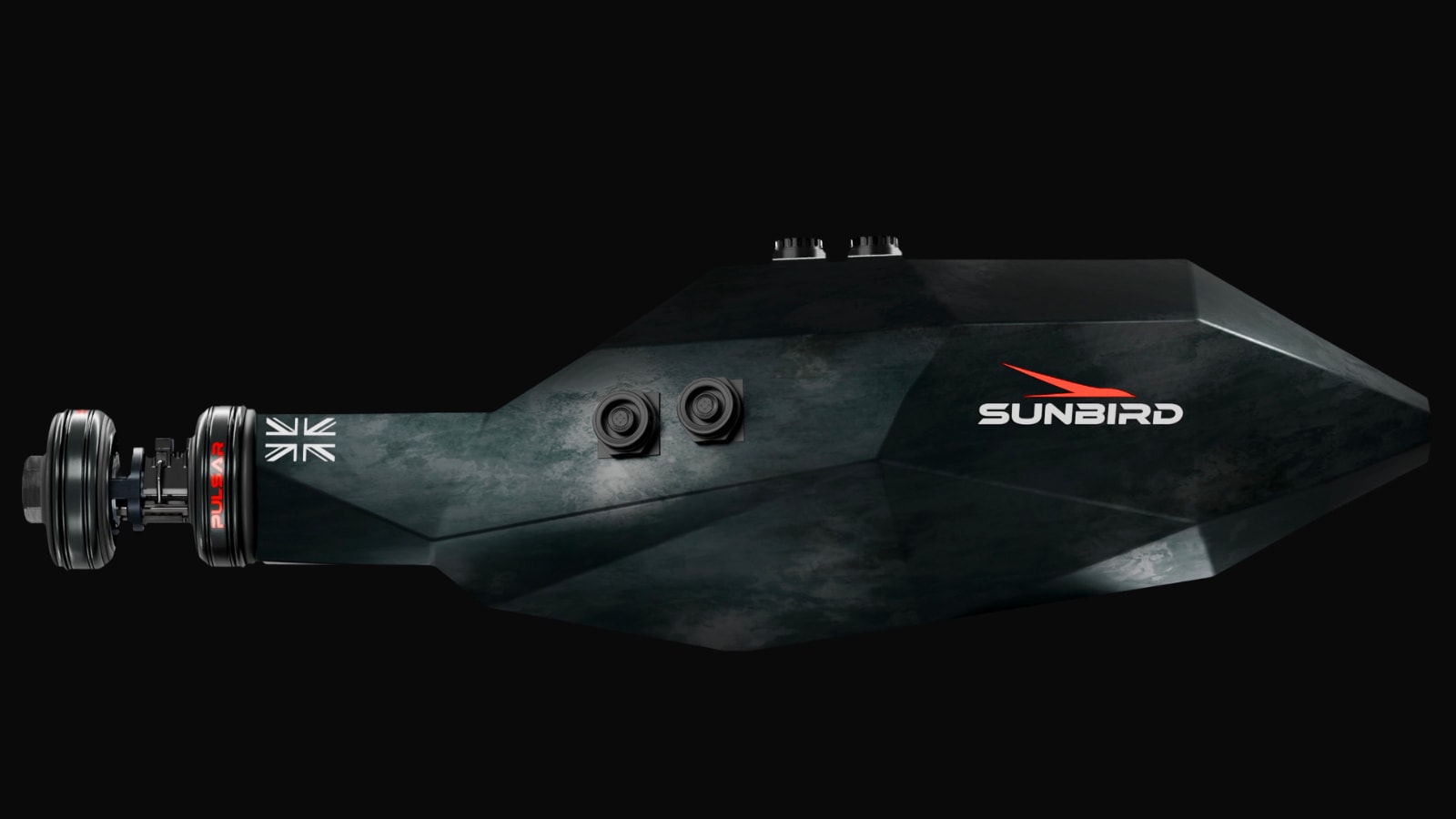Elon Musk’s SpaceX wants to push the boundaries of space exploration, but a British startup named Pulsar Fusion is working on an ambitious nuclear fusion powered rocket called Sunbird.
The world’s brightest minds have been trying their hands on nuclear fusion technology for decades now, but despite several attempts and breakthroughs, haven’t been able to replicate the inner workings of stars anywhere on Earth.
In a statement to CNN, Richard Dinan, the CEO and founder of Pulsar Fusion said that “it’s very unnatural to do fusion on Earth. Fusion doesn’t want to work in an atmosphere, Space is a far more logical, sensible place to do fusion, because that’s where it wants to happen anyway.”
And while Sunbird is still in early stages of construction and has numerous challenges ahead, Pulsar Fusion says it has planned an orbital demonstration for 2027.
Also, the nuclear fusion powered rocket could help spacecrafts reach speeds of up to 805,000 kms per hour, which is much faster than the Parker Solar Probe, the fastest object ever built that peaks out at 692,000 kms per hour. If the nuclear fusion powered rocket becomes operational, it would cut the time required to reach Mars by half and reach Pluto in just four years.
 Pulsar Fusion says it will test Sunbird in orbit sometime in 2027. (Image Source: Pulsar Fusion)
Pulsar Fusion says it will test Sunbird in orbit sometime in 2027. (Image Source: Pulsar Fusion)
How would Sunbird help reduce interplanetary travel time?
Unlike traditional chemical rockets like Starship, Sunbird won’t be operating independently but will attach to larger spacecraft to help them cover interplanetary distances. “We launch them into space, and we would have a charging station where they could sit and then meet your ship. Ideally, you’d have a station somewhere near Mars, and you’d have a station in low Earth orbit, and the (Sunbirds) would go back and forth”, Dinan told CNN.
He went on to say that the first Sunbird(s) will be used to shuttle satellites in orbit, but they can also be used to deliver heavy payloads (up to 2,000 kgs) to Mars in just six months.
Story continues below this ad
However, there are several significant technical challenges in making nuclear fusion powered rockets a reality. Since these systems are large and heavy, companies like Sunbird may have a hard time making lightweight and miniaturising them.
Like Pulsar Fusion, companies like Helicity Space and General Atomics, which are backed by Lockheed Martin and NASA are also working on nuclear fusion reactors, which they plan to test sometime in 2027.
© IE Online Media Services Pvt Ltd






